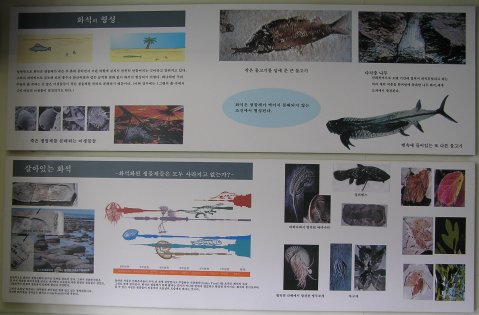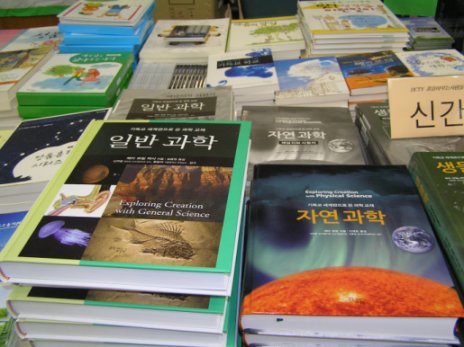C.S. Lewis is one of the greatest Christian apologists of the twentieth century. From the ripe old age of 15, he considered himself an atheist, even though he was raised in a Christian home. However, the works of George MacDonald and arguments with his friend J. R. R. Tolkien were central to his becoming a theist at the age of 31 and then a Christian at the age of 33. Because he was converted from atheism to Christianity, he has been called “the apostle to the skeptics.”1
To give you an idea of how important his works have been to Christianity, one of his books (Mere Christianity) was voted best book of the twentieth century by Christianity Today in April of 2000. It’s not surprising, then, that people want to imply that he agrees with their point of view. After all, if one of the greatest apologists of the twentieth century agrees with you, that’s got to mean something, right?
Unfortunately, this often leads to people mischaracterizing C.S Lewis’s views. Since he wrote an enormous amount of material, it is easy to twist his words to make it sound like he believed a great many things. I have read quite a lot of his work, not so much because I am a fan of his writing, but because he is such an important voice in modern Christianity. Because of this, I get a bit offended when quotes from his work are taken out of context in order to imply that he believed something he clearly didn’t believe. I have run across two instances of this recently, from two distinctly different groups, and it bothered me both times.






